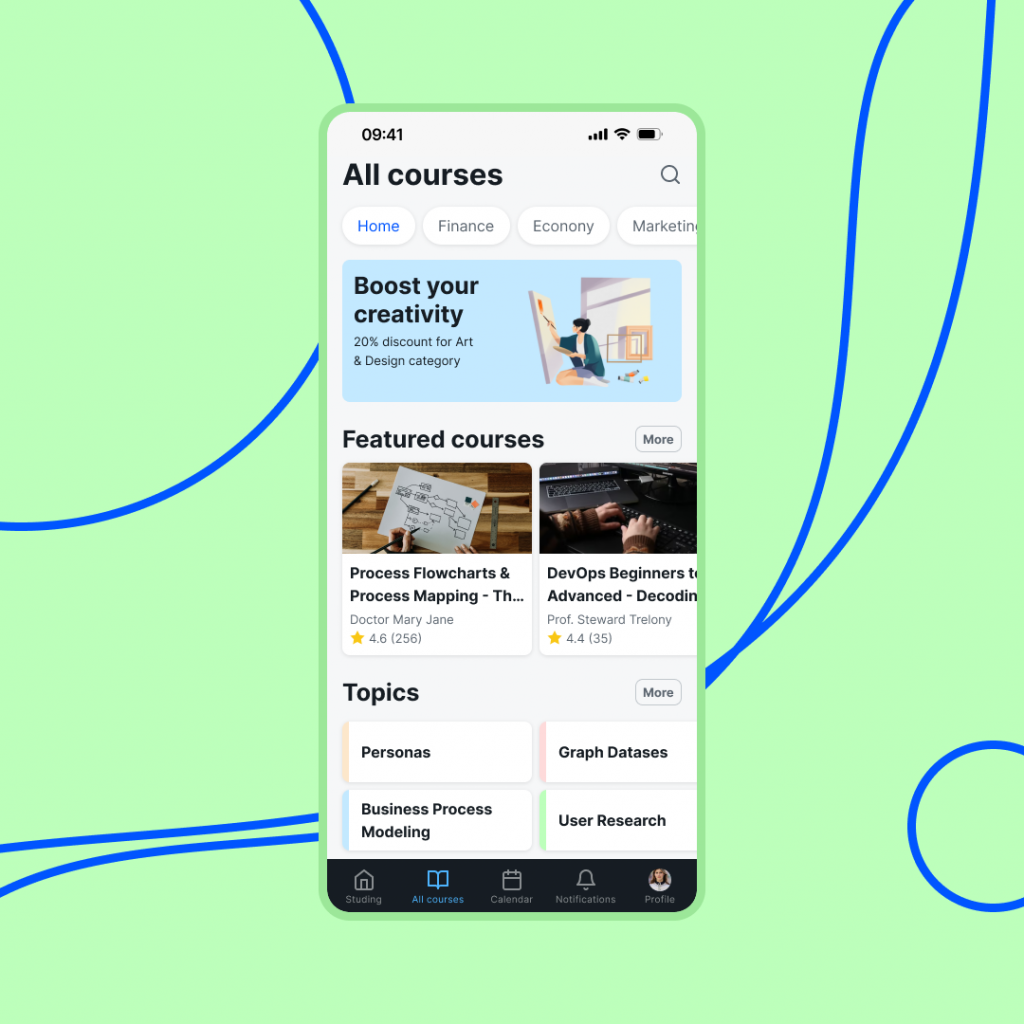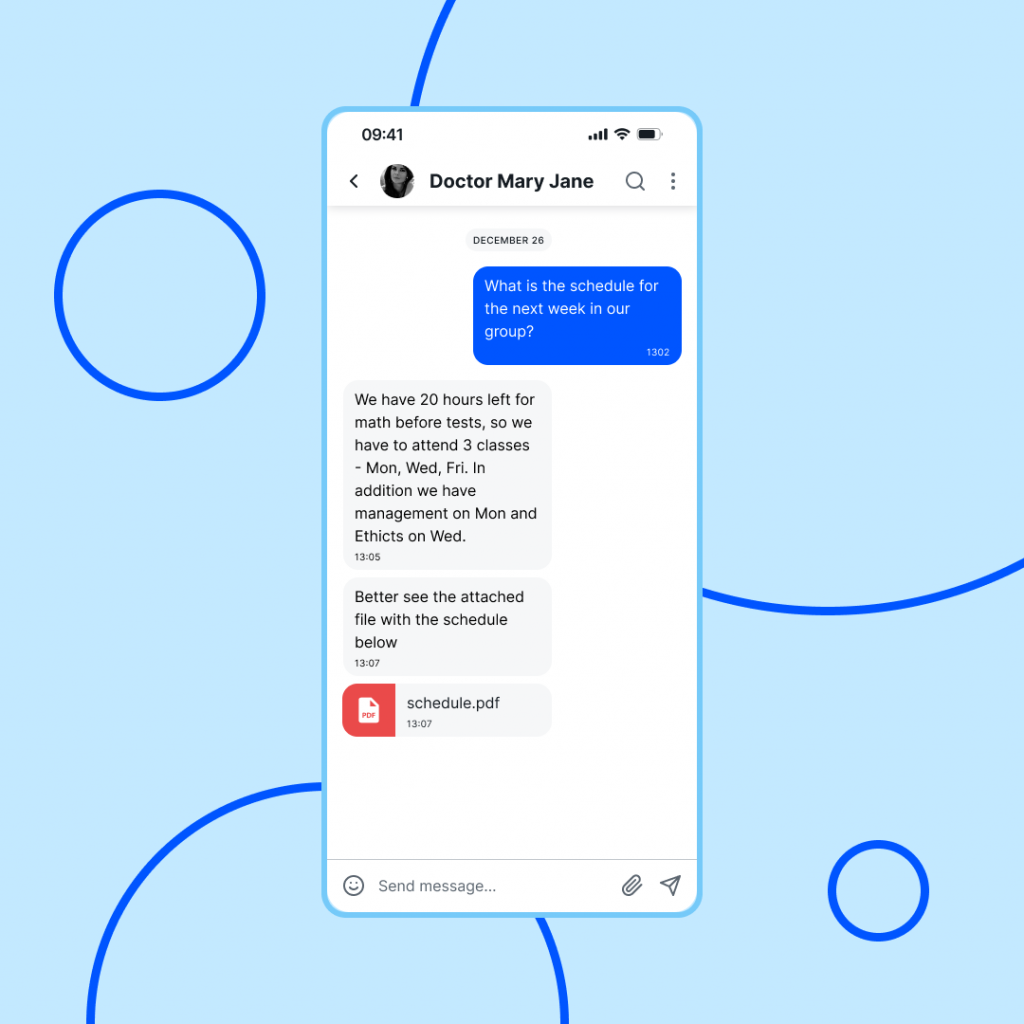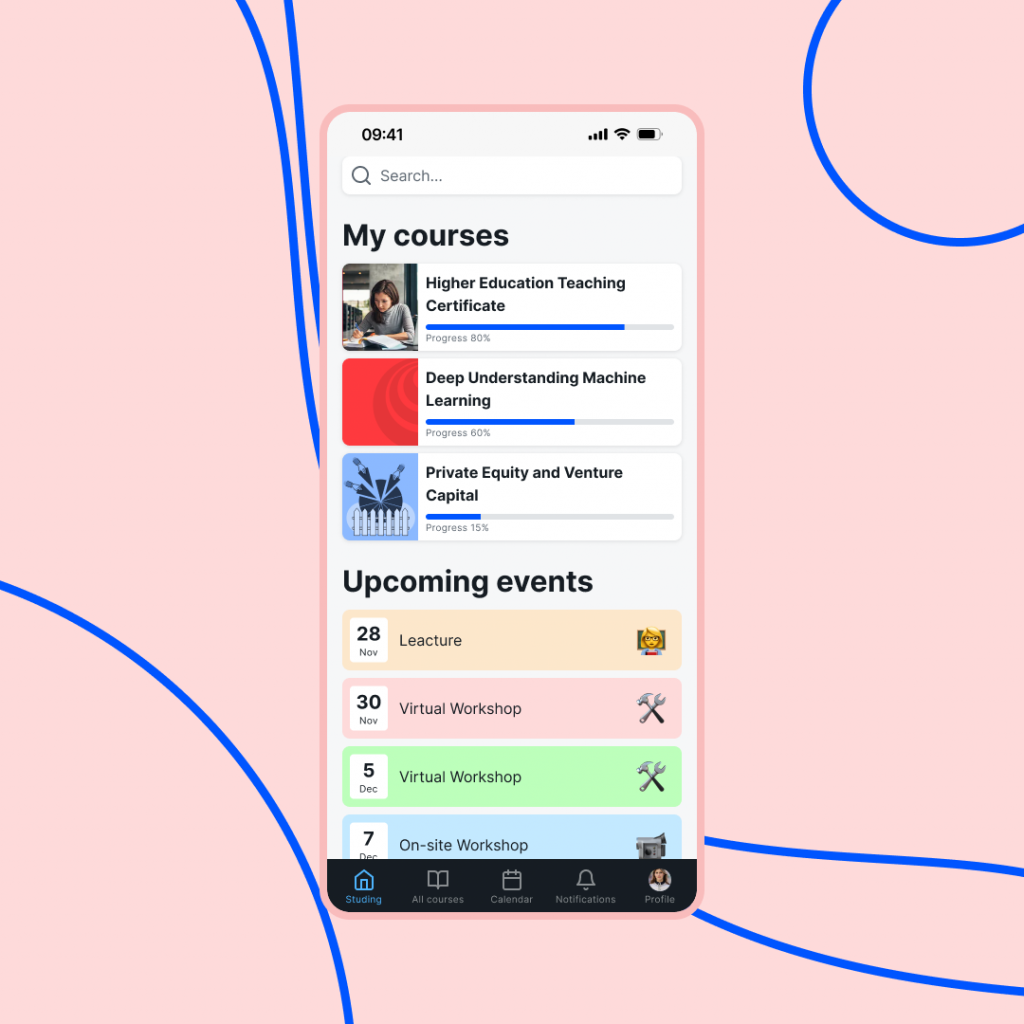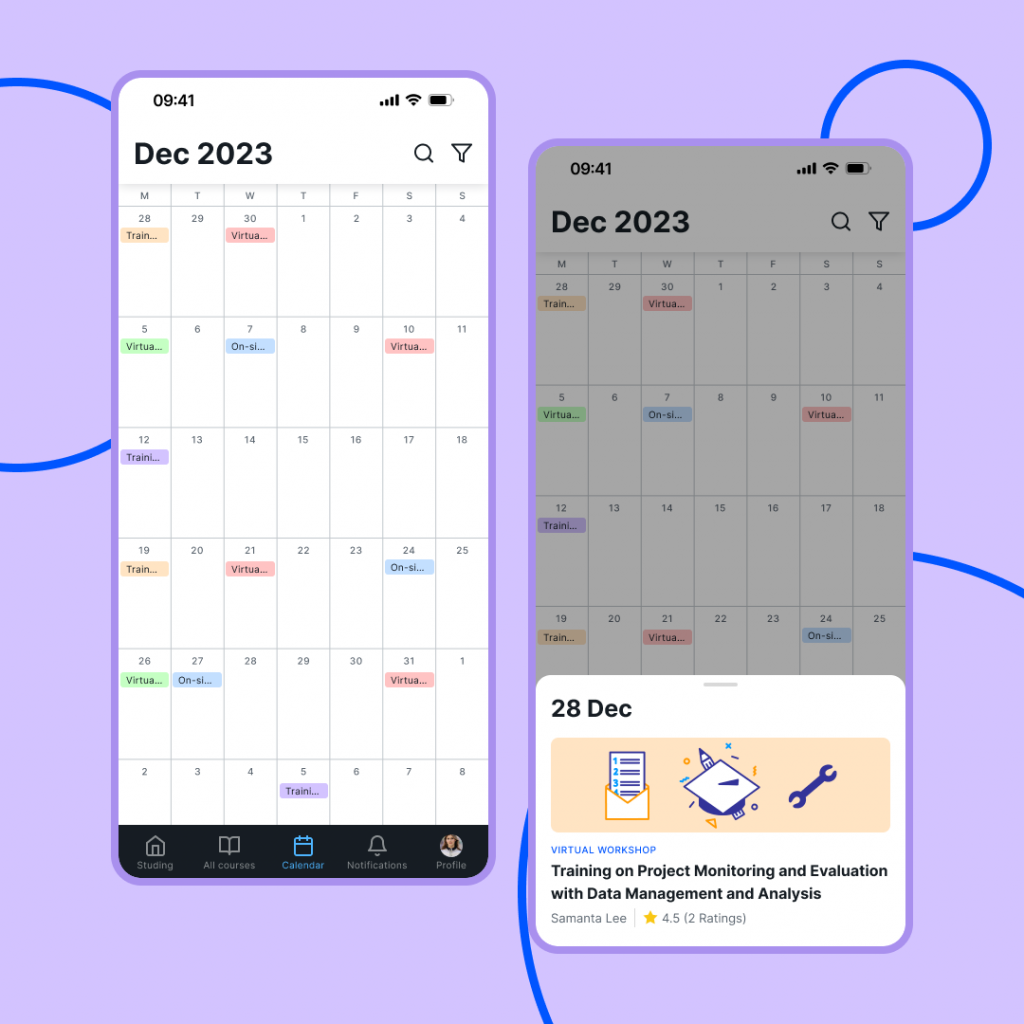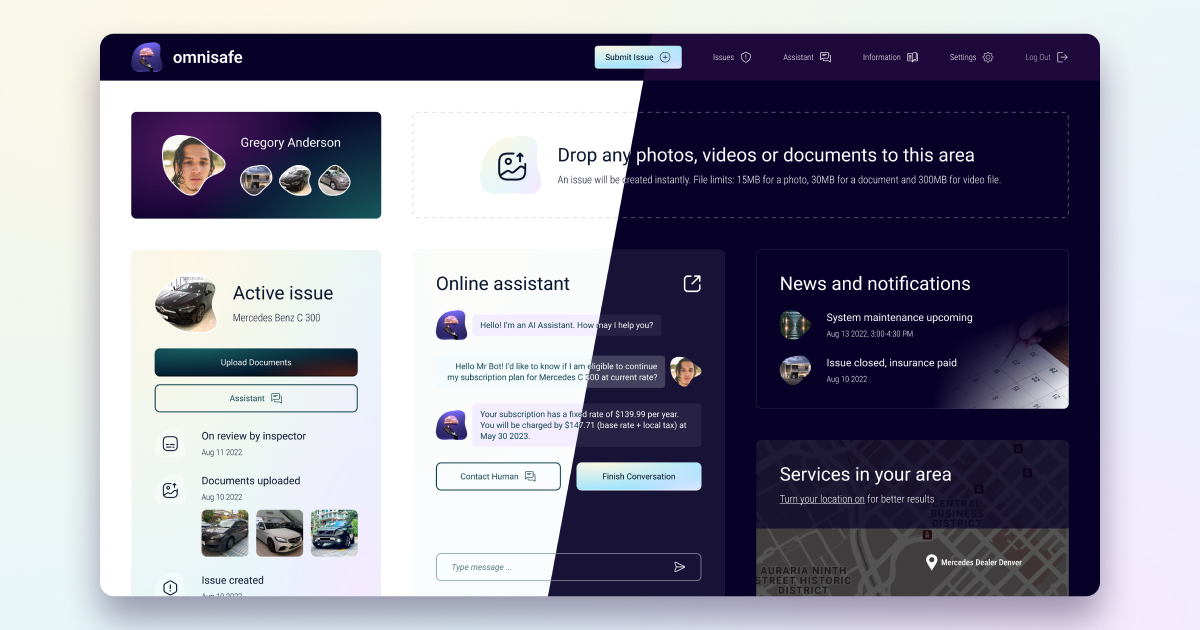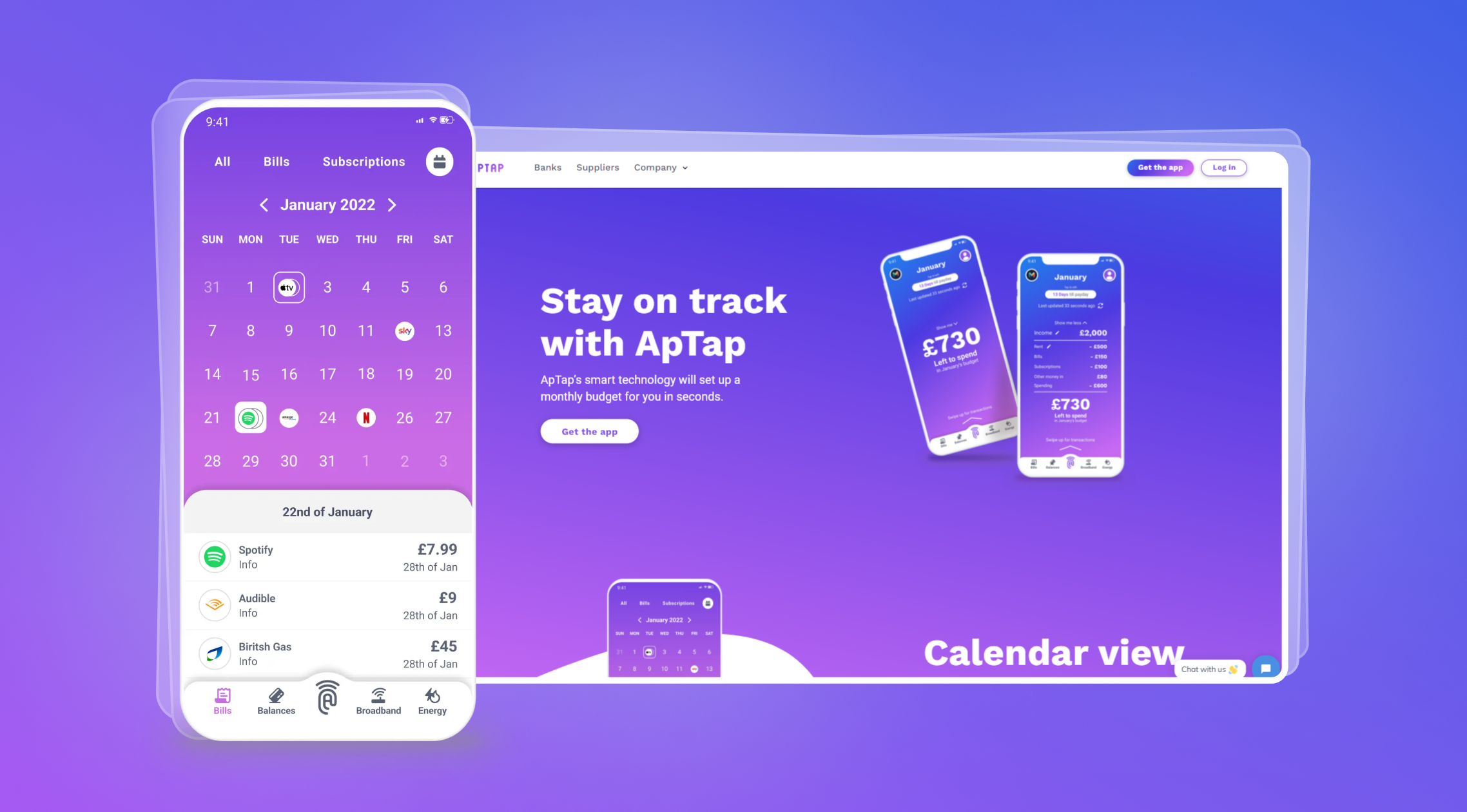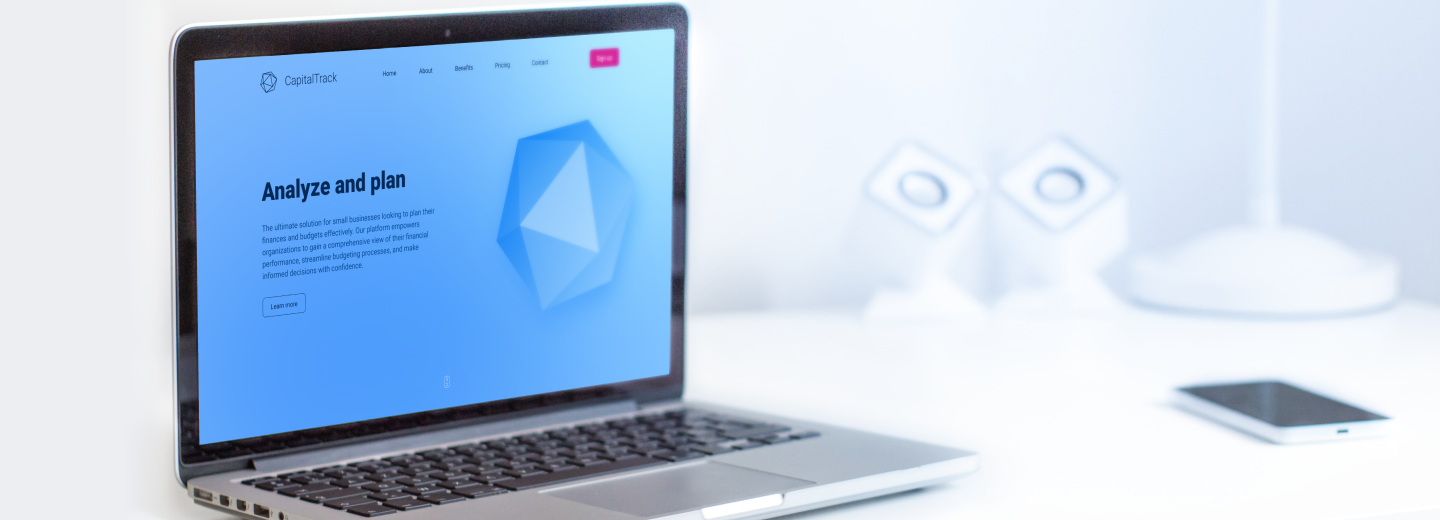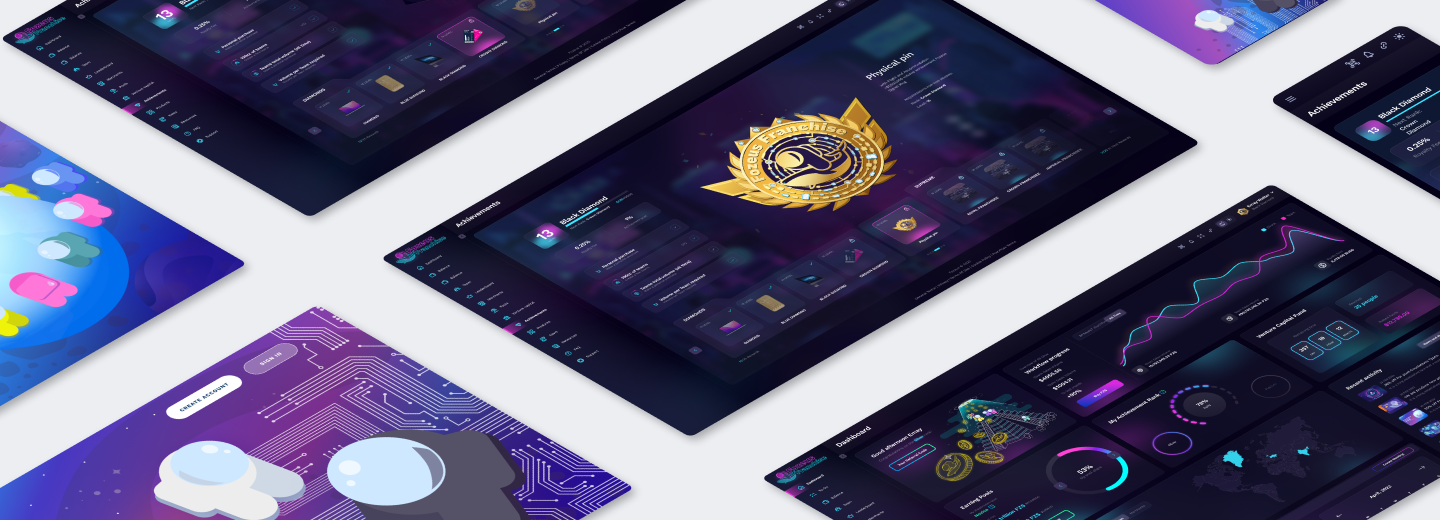eLearning Native mobile apps development
Native mobile applications for an educational facility, its teachers and students. Promotion of digital approach and bringing 3 times better engagement to routine educational processes.

About
Traditional educational facility required the way to expand their services and bring routine processes automation with digital tools use. The solution could be found in the development of native mobile applications for iOS and Android as a platform for students and teachers. While delivering modern and competitive services such as live streaming for several thousands of viewers, simultaneous cooperation work with documents, chat, planning and scheduling of activities, it preserves the unique company's approach to engaging and dynamic eLearning experience.
Challenge
The educational facility having primarily traditional educational services was interested in a rich and dynamic environment for learners to collaborate, develop critical thinking and problem-solving skills, and share their knowledge with others outside traditional universities.
Solution
The team implemented the idea of sustainable solutions that reflect learners’ best experiences and foster continuity of education with the use of technology which is based on data and market evaluations. Aside from the users or market requirements, the team work closely together to collect functional and non-functional requirements from the client, choose the most appropriate tech stack, and plan the project development process.
8
Devs
Agile
Dev process
16+
Months
Germany
as primary market
Pecularities of implementation
Customer experience mapping and journey building
The experience-building goal was in was making the information collection and sharing structure more accessible, feasible, and convenient for both, the students and the teachers. That required the step of market evaluation, the business analysis of the existing trends and techniques and the calculation of their proper implementation within the app. The team made the user flow as short as possible to reduce the confusion experienced by the user, especially when visiting the app for the first time. Such as an example, in the user flow for class discussions, users can access them without having to enter class first which can affect the time efficiency. In addition, the discussion feature can also be accessed directly from the scheduling screen so students can chat with the teacher or other students without long complications. Another example of simplification of the customer journey is videos or stream modules, where students can download or bookmark the lesson. Simple navigation provides a wide lesson space so the learning experience becomes more complex and clear at the same time. The initial journey underwent the testing process with the special audience and with the gathered feedback, the wireframes got several improvements. Mostly that dealt with the scheduling and panning modules, as most of the students expected notifications to come to wearables as well, such an option was added to the experience map. That enlarged the development scope a bit but brought strong improvements that were considered worthy of implementation.
Responsible creation of product branding identity
One of the consideration points for a customer was in preserving the identity of the facility within the product. Nevertheless, not every branding element being great in printing materials was great in digital solutions or an app. That is why the team had to start with the evaluation of the existing items and their possible representation via the app. The team started with the app icon that presents the application on different platforms supporting the original identity. It had to stay in frames of requirements from target marketplaces and deliver unique touch. The team decided to adapt the well-known logo image to the form of an app icon while inside the app they will use its full form as was asked by the customer. Such an approach satisfies everyone, the target users, the application stores and the customer. Other branding elements, such as naming, colour scheme, and lettering found careful representation within the app. UX copyright emphasises the ideation and is clearly traceable through all communicative channels of the facility, including the app.
Development and release to the market
Based on the research of customer and market requirements, the roadmap of the solution included the following main modules: search and subscription for active or future courses, student personal profile, a module of live or recorded lections, scoring for lecturers, chat with a mentor, knowledge base, live streaming, chat with other students and others. For this, a development team worked dedicatedly to create a mobile app for Android and iOS with the implementation of several 3rd party APIs. The team aimed to create a relational database to emphasize the extensibility of SQL compliance with PostgreSQL. An iterative structure was introduced to provide a space to learn and share information at a high response rate. The team added cross-platform synchronization to enable users to access everything seamlessly on any device which especially helped with simultaneous participation in video streaming or documents edition. In addition, to ensure future scalability, the team introduced a microservices structure and paid special attention to the program and operations’ careful design. After completing testing and quality assurance procedures, the apps were launched in the market and future promotion with existing or possible students was given to the customer. To analyse the experience and make data-driven decisions on further app roadmap, an analytical system was introduced to gather depersonalised statistical data.
Results
As a result, the customer received elearning apps with a satisfying and elaborate user flow that continues to gather more users among the conscious and ambitious students. That not only preserves but also enhances the positive and reliable atmosphere of the customer educational facility. The offered roadmap of further product development depicts several ways of further development and scaling. All of them are based on the data-driven analytical approach of the user's behaviour evaluation. Bespoke and deliberate UX design ensures that the app works in the way the users expect, meaning more engaged students making intended actions. Clear user journey mapping helps to achieve the intended business goals, together with smooth implementation of the code and flawless serviceability.
+32%
expanding of users interested in courses in different languages
5
new educational facilities partnered with the platform
500+
educational programs are already in the system running smoothly
Testimonials
200+
Clients Already Served
EVNE Developers, LLC has developed an e-learning app for an educational facility. The team has been involved designing the app's UI/UX and functions and implementing the company's key vision for the product. The product has allowed the facility to provide education for their target audience, allowing them to expand faster. EVNE Developers, LLC has an effective project management approach, guiding the company at every step. They facilitate weekly status meetings and communicate closely with the client.
Philipp Nacht
Director, Educational FacilityA real estate agency registry has hired EVNE Developers, LLC to build a сustom portal allowing users to get real estate information in their area. The team also performs intermediate user and manual testing. Since launching the platform built by EVNE Developers, LLC, the client started getting more than 1,000 users monthly with a retention rate of more than 70%. The unique features and the clear UX make users stay longer. The team clearly understands the client's vision for the platform and delivers.
Aidan Perkins
Managing Director, Real Estate Agency RegistryEVNE Developers, LLC has developed an e-learning app for an educational facility. The team has been involved designing the app's UI/UX and functions and implementing the company's key vision for the product. The product has allowed the facility to provide education for their target audience, allowing them to expand faster. EVNE Developers, LLC has an effective project management approach, guiding the company at every step. They facilitate weekly status meetings and communicate closely with the client.

